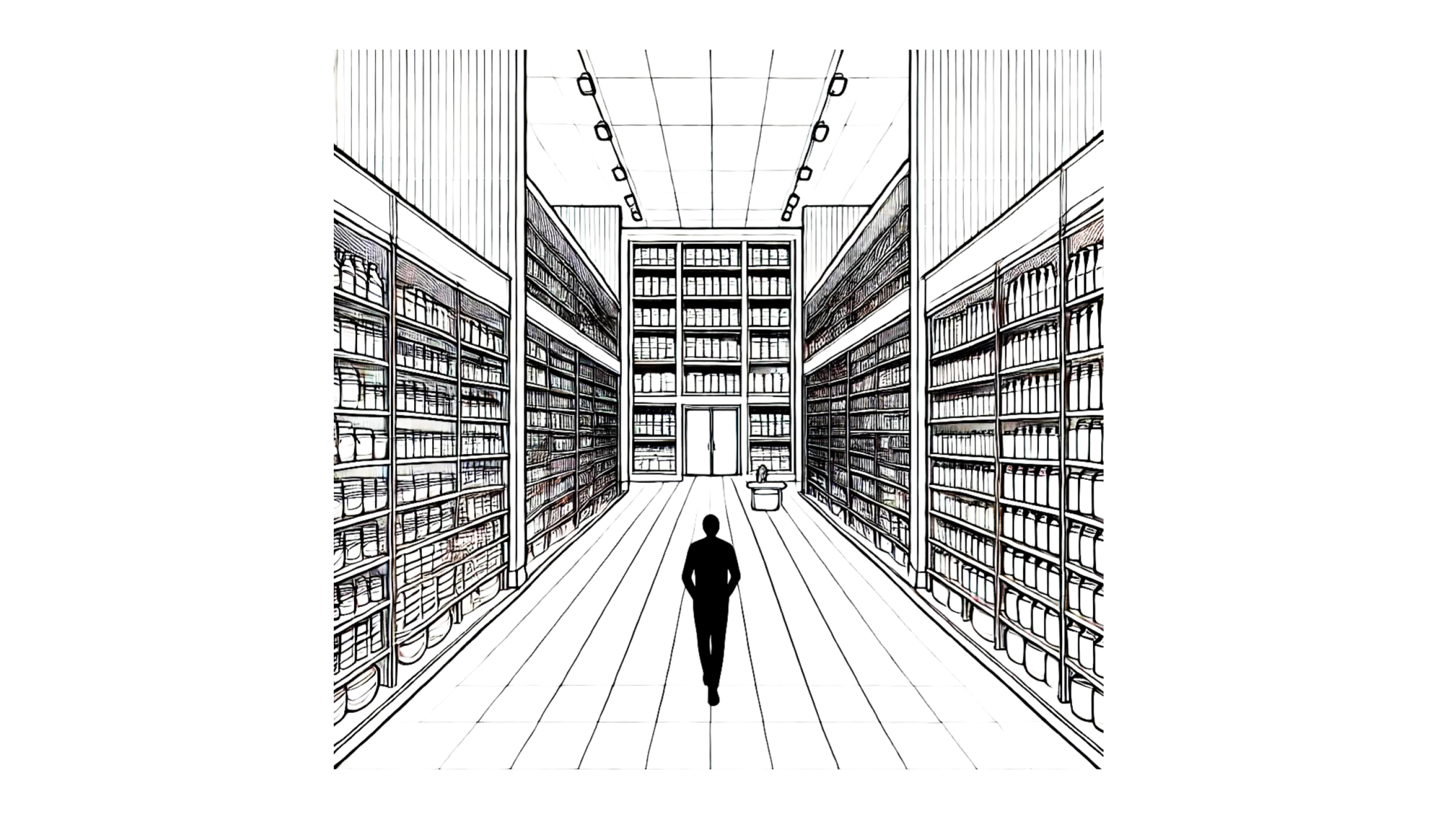The Power of First Impressions
How Store Layout Can Influence Attention and Purchases
Imagine walking into a store. Do you immediately head to the section that catches your eye? Or do you feel a bit lost, not sure where to go next? The way a store is designed can completely influence how you feel, where you go, and even what you buy. First impressions matter, especially in a store. If a store layout is well thought out, it can grab your attention, guide your decisions, and encourage you to spend more money. This is the power of store layout — it’s like a secret behind-the-scenes tool that affects your shopping experience.
Background
The idea that store layout can influence consumer behavior has been a topic of study for decades. In the 1960s, researchers began exploring how store designs affect consumer attention and purchase behavior. One of the key figures in this field was Paco Underhill, a retail consultant and author of Why We Buy: The Science of Shopping (1999). Underhill’s work highlighted how retailers could use the layout of their stores to capture attention, encourage exploration, and ultimately drive sales. He discovered that consumers tend to follow certain paths within stores and that certain layouts could push them toward specific products, whether they realized it or not.
Historical Experimentation
One of the pivotal experiments that explored how store layout influences attention and purchases was conducted by environmental psychologists at the University of California, Berkeley, in the early 1970s. The experiment, known as the Berkeley Retail Store Experiment, involved manipulating the layout of a small retail store to observe how shoppers reacted. Researchers altered factors such as product placement, aisle widths, and display locations to see which changes led to increased time spent in certain sections of the store and higher overall sales. The findings, published in the Journal of Applied Psychology, revealed that small changes in layout — like placing high-demand products at the back of the store — led to increased purchases as customers were naturally guided to walk through more product categories, discovering items they weren’t initially planning to buy.
Connection to Human Evolution/Biology/Neuroscience
From a neuroscience perspective, the human brain is constantly processing spatial and environmental cues. Our sense of direction, focus, and movement is influenced by how environments are structured. The brain responds to visual stimuli by prioritizing items that are placed in a way that feels logical or easy to navigate. This is deeply rooted in our evolutionary need to quickly understand and navigate our surroundings to find food, shelter, and social connections. A store that feels organized and intuitive to navigate taps into this primal instinct, creating a feeling of safety and comfort, which can increase the likelihood of purchase.
Recent Research & Experimentation
In more recent studies, such as a 2015 experiment conducted by researchers at the University of Miami, new technologies like eye-tracking and in-store analytics were used to study how store layout influences shopper behavior in more dynamic ways. The Miami Retail Pathways Study analyzed how shoppers’ eyes moved across store displays and which layouts led to increased product engagement. The research, published in the Journal of Consumer Research, found that consumers spent more time in stores with layouts that employed “decompression zones” — areas where shoppers could adjust to the space before entering a more product-heavy area. The study also revealed that placing complementary products next to each other (like chips and dip) led to increased sales for both items, demonstrating the power of strategic product placement.
Conclusion
So, how can you use this knowledge in your daily business life? Whether you're a retailer or designing a physical space, think about how your store or shop is laid out. Make it easy for customers to find their way around, and think about how their journey through the space might influence what they buy. Use clear pathways to guide attention to high-margin products, and place complementary items together to encourage cross-selling. A well-thought-out store layout isn’t just about aesthetics — it’s about creating a shopping experience that feels natural and enticing, which can directly boost your sales.
More Behavioral Science





How Posting at the Right Moment Makes Content More Likely to Go Viral